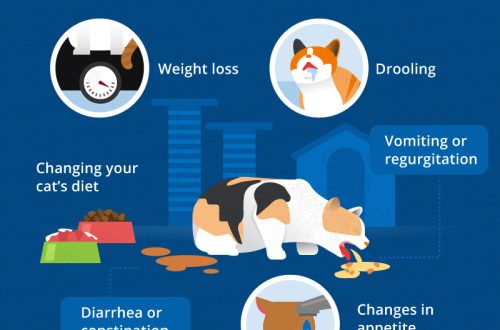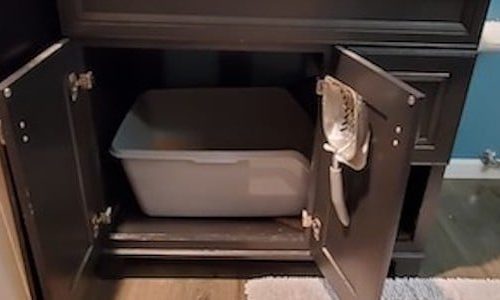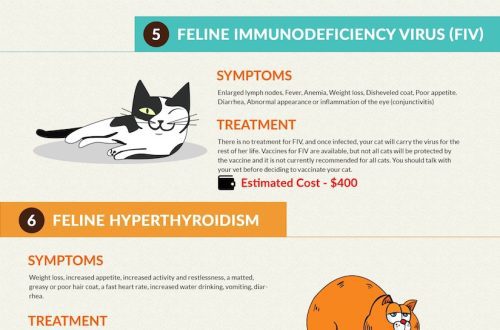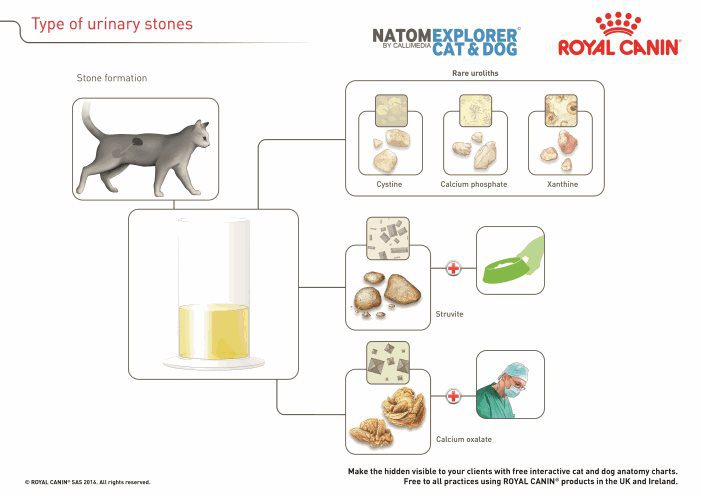
Urolithiasis hauv miv: cov tsos mob thiab kev kho mob
Cat owners know that litter box problems are not uncommon for pets. However, cystitis and urolithiasis (UCD) in cats has received unacceptably little attention. About KSD in cats and common stones that form in the bladder in a cat – calcium oxalate and struvite – further.
txheem
Key facts about kidney stones in cats
If the crystals that are deposited in the urine are there for a long time, they can aggregate and form stones or uroliths. They can occur anywhere in the urinary tract, from the kidneys to the urethra, the narrow tube that carries urine from the bladder to the environment.
These stones vary in size. In a cat, a stone can be as tiny as the size of the bladder. They also vary in shape and color – they are smooth or with rough edges.
Different types of bladder stones in cats can create a lot of problems. They can damage surrounding tissues, cause inflammation, scarring, infection in a cat, especially if they have jagged or jagged edges.
Crystals thiab pob zeb
In addition to stones, cats also have crystals in their urine. How are they different from bladder stones? According to the Merck Veterinary Manual, stones are overgrown crystals that accumulate in clumps and become visible to the naked eye. But in certain urinary environments, crystals may be present that contribute to the formation of stones, but are not their immediate precursor.
Signs of kidney stones in cats
Signs of urolithiasis in cats can vary depending on where in the urinary tract the stones are located. Often, cats with bladder stones show no symptoms at all.
Stones can cause bladder irritation or infection. Clinical signs may include frequent visits to the litter box, frequent urination, blood in the urine, meowing during urination (vocalization), puddles on the carpet, and infrequent urination.
If a stone gets stuck in the urethra, it can cause a blockage, also called a urethral blockage. Because of this, the cat will not be able to urinate at all. This is a life-threatening condition that requires immediate attention. It is most often seen in males.
If the owner sees that the cat is unsuccessfully trying to urinate, you should immediately contact a veterinarian. It is also important to consider that a cat with a urinary tract obstruction may behave as if they are constipated. Although the manifestations of these conditions are indeed similar, the results can be radically different. Therefore, if there is at least some doubt about the health of the pet, you should contact your veterinarian.
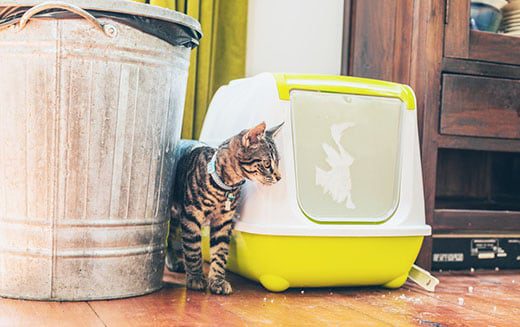
Types of bladder stones in a cat and treatment
The two most common types of bladder stones in cats are struvite stones and calcium oxalate stones. According to the American College of Veterinary Surgeons, stone formation is a complex process, but food can play a role in it. Stones in cats are less likely to form due to bladder infections.
Radiographs and microscopic examination of the urine sediment can help to make an assumption about the type of stones in the animal. However, the exact type of stone can only be determined after it has been removed and sent for analysis.
Oxalic stones
According to the Merck Veterinary Manual, oxalate is the most common stone in cats. Most often they occur in animals of middle and old age. Among the breeds most prone to calcium oxalate stones are the Ragdoll, British Shorthair, Exotic Shorthair, Himalayan, Persian and Scottish Fold. Oxalate stones can form in highly acidic urine. They form in cats with elevated levels of calcium in the blood and urine due to a condition called idiopathic hypercalcemia. They also affect cats with chronic kidney disease.
The presence of such stones requires surgical removal. In addition, it is necessary to treat infections and concomitant diseases. After stone removal, steps should be taken to prevent recurrence: follow a diet for cats with urolithiasis, designed specifically to reduce the content of minerals in the urine. Increase your cat’s fluid intake, for example by switching to wet food. The pet must follow the diet recommended by the veterinarian.
struvite pob zeb
Struvite stones commonly occur in spayed cats and neutered cats at a young age. Unlike oxalate stones, struvite stones tend to form in highly concentrated alkaline urine. Any breed of cat can develop this condition, but domestic shorthairs, exotic shorthairs, ragdolls, and Himalayan cats are most at risk. Cats that consume large amounts of magnesium, phosphorus, and calcium are more likely to develop struvite stones.
Dissolution of struvite stones can be helped by a special preventive food, such as Hill’s Prescription Diet s/d for cats. There are special therapeutic foods for cats with urolithiasis, which come in a wide variety of flavors and shapes.
In many cases, struvite stones dissolve fairly quickly. In one study, stones became on average 50% smaller in just 2 weeks, and the average time for complete dissolution of stones was about a month. In most cases, to prevent recurrence, you must follow the instructions of your veterinarian, the cat’s diet for KSD and watering regimen, as well as control the pH of the pet’s urine every six months.
Although bladder stones often recur in cats, they can be successfully treated. Together with a veterinarian, you need to choose the right therapy or combination of treatments to prevent stone formation.
Saib kuj:
cat and child
Grooming and water procedures
How to train a cat to go to the toilet



